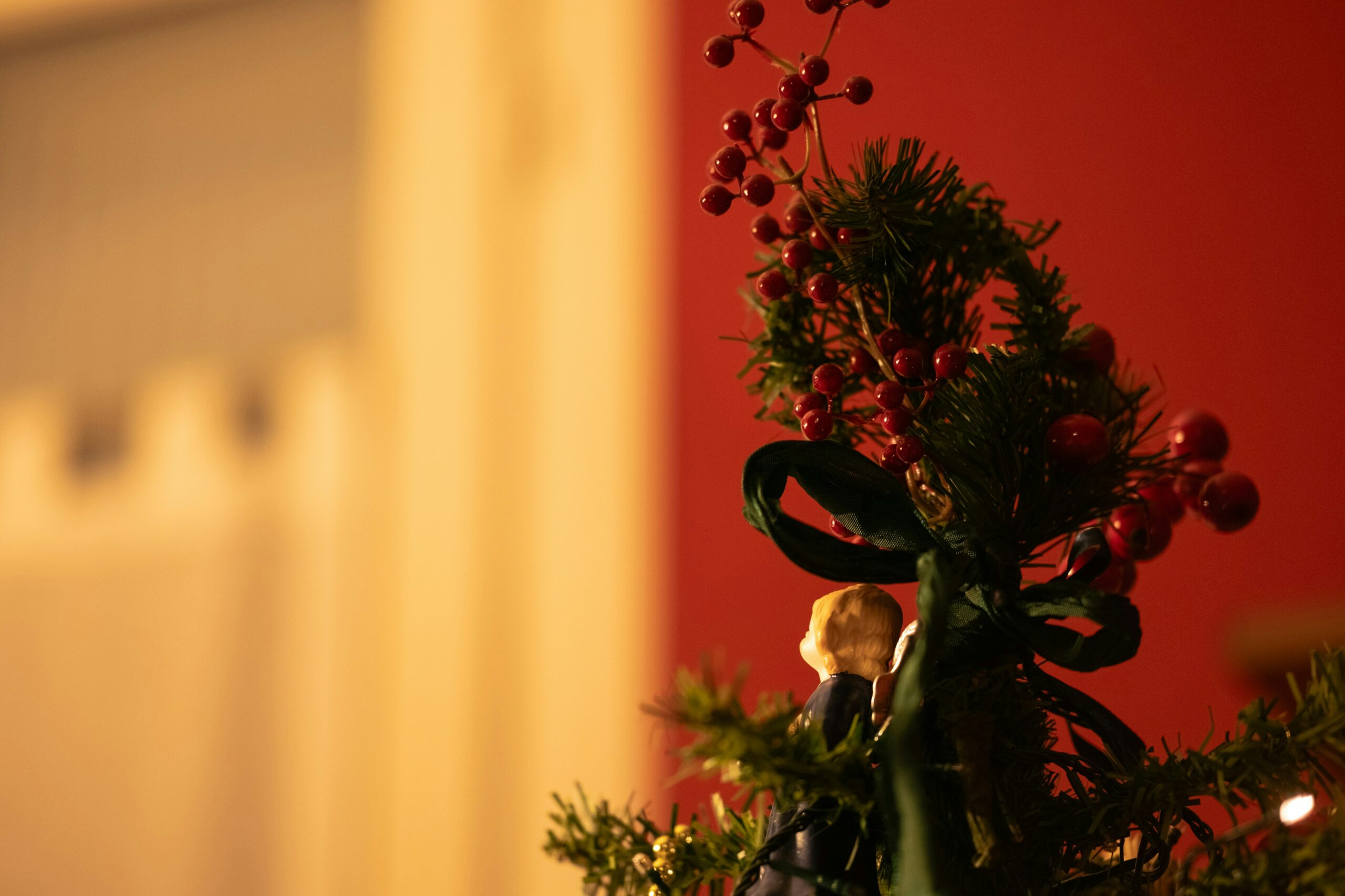Your cart is currently empty!
Ancient Symbolism Reframes Christmas Floral Arrangements

Florists are increasingly turning to biblical heritage to elevate holiday arrangements, transforming seasonal decorations from mere aesthetic complements into profound visual narratives of faith and renewal. This trend moves beyond traditional seasonal colors, integrating specific blooms and botanicals historically associated with reverence, purity, and the foundational stories of the Nativity, according to industry experts and horticultural historians. The strategic use of flowers and foliage steeped in ancient meaning allows designers to craft pieces that resonate both visually and spiritually during the Christmas season.
While twinkling lights and evergreens define the familiar modern holiday landscape, flowers offer a subtle yet powerful layer of context. For designers aiming for depth, understanding the theological symbolism behind common plants allows for storytelling through texture, color, and form.
The Language of Biblical Blooms
Several key florals unlock this deeper narrative:
- The Rose: Although its mention in the Bible is debated (often cited from the Song of Solomon as the “rose of Sharon”), the rose universally signifies profound love and devotion. At Christmas, deep crimson roses often reflect sacrificial love, while white roses embody the purity and innocence of the Virgin Mary. Pairing these with resilient evergreen sprigs visually links ephemeral beauty with eternal commitment.
- The Lily: Frequently cited in scripture, including the Gospel of Matthew, the trumpet-shaped lily historically represents purity, resurrection, and divine provision. White lilies serve as an ideal centerpiece component, symbolizing the hope and immaculate nature central to the Nativity.
- Pomegranate Echoes: Symbolizing abundance, fertility, and the fulfillment of promises, the pomegranate lends its rich, ruby hue to deep red flowers—such as amaryllis or red tulips—which evoke both traditional Christmas colors and the promise of impending blessings.
- The Almond Blossom: Representing vigilance and the forthcoming realization of God’s word (Jeremiah 1:11–12), the pale pink or white almond blossom suggests quiet anticipation and renewal. Its use in arrangements mirrors the spiritual watchfulness leading up to Christmas.
- Star-Shaped Forms: Beyond the ubiquitous poinsettia, any star-shaped bloom carries the symbolism of the Star of Bethlehem, the celestial guide that directed the Magi. Integrating these forms acts as a visual focal point, representing light and guidance.
- Frankincense and Myrrh: While not flowers, the aromatic gifts of the Magi can be translated into floral hues and scents. Frankincense, signifying divinity, inspires golden, saffron-colored blooms, while myrrh, predicting sacrifice, is echoed in deep burgundy florals or aromatic dried components.
Evergreen Foundations and Color Philosophy
While the blooms tell the individual stories, evergreens provide structural support and a consistent narrative of eternal life. Fir, pine, holly, and ivy—rooted in symbolism dating back centuries—represent unwavering faith and constancy, providing a rich, dark backdrop against which the purity of lilies or the passion of roses can stand out.
Furthermore, color itself acts as a direct language of faith: white symbolizes holiness, red speaks of sacrifice, green embodies eternal life, and purple conveys royalty and repentance. Florists who intentionally blend these colors with their associated botanicals move beyond simple seasonal display to create arrangements that are spiritually resonant.
“By understanding and incorporating biblical flower themes, florists can create Christmas arrangements that transcend simple decoration,” notes one floral historian, emphasizing that each bloom becomes a messenger of love, hope, and faith.
This intentional approach transforms the act of giving flowers into an opportunity for reflection and meaningful connection during the holidays. Florists are advised to provide explanatory cards detailing the symbolism of each component, turning a beautiful bouquet into a reflective, educational gift steeped in tradition.